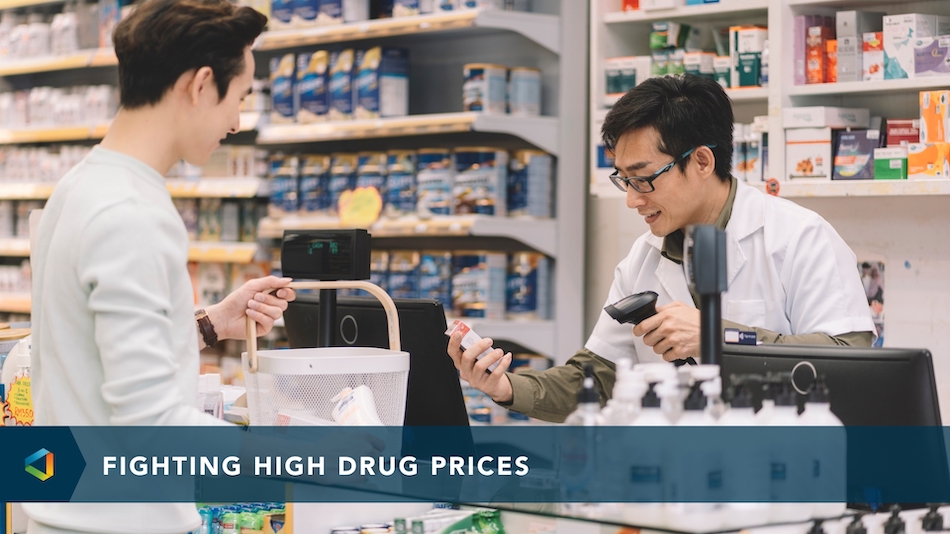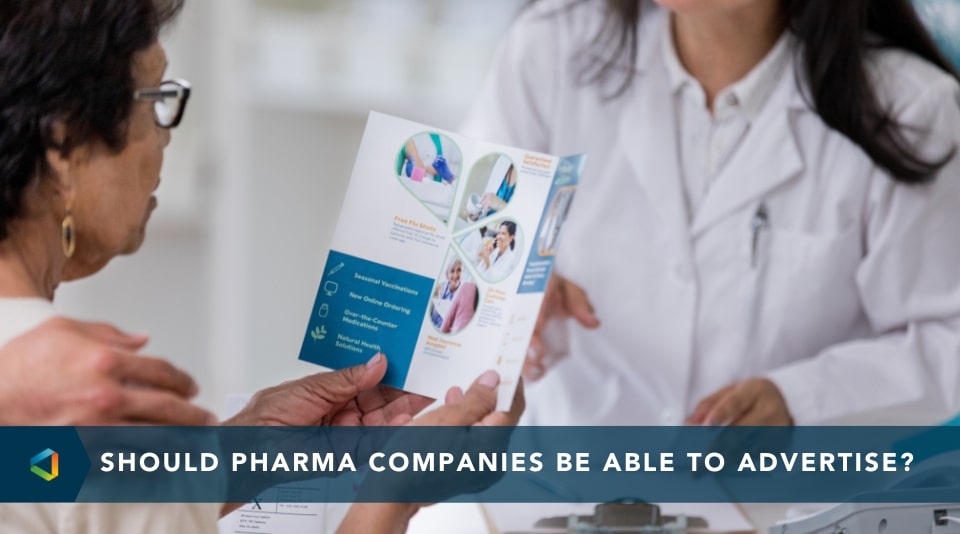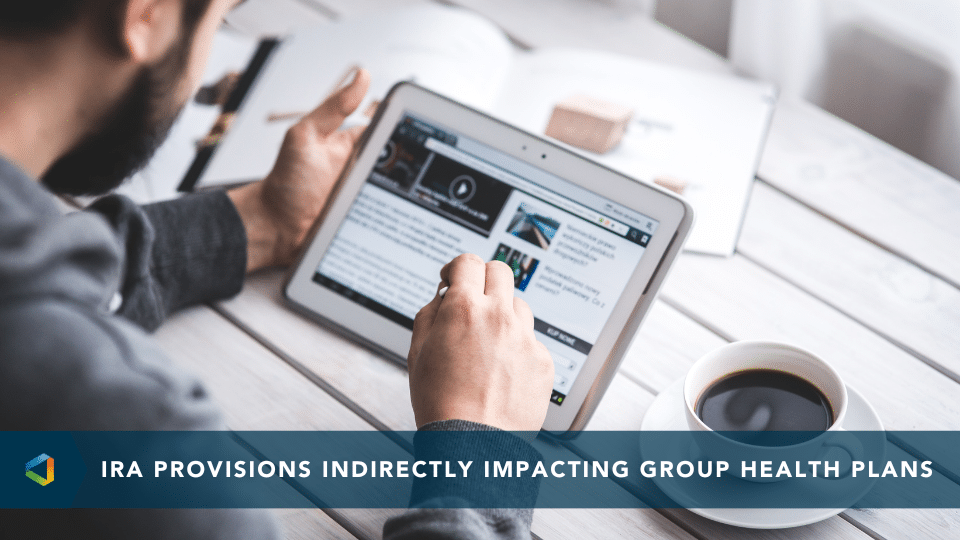Prescription drug manufacturers have developed a perfect system to allow the pass-through of brand name drug price increases directly to plan sponsors (employers) via copay coupons, which effectively undermines insurer copays. The copay coupon is an offer from the manufacturer to pay all or part of the consumer’s copay for the brand name drug. The mechanics of who pays what to whom, is a tangled web designed to take advantage of the patient’s desire to save money at the employer’s expense.
Whether self-funded or fully insured, increased cost will always come back to the employer. Remarkably, the plan sponsor has no idea whether a copay coupon is used because the pharmacy claim sent to the insurer does not reveal whether the consumer or the drug company paid the copay.
According to F. Everett Neville, Chief Trade Relations Officer at the largest pharmacy benefits manager (PBM), Express Scripts, “The payer doesn’t know, and the PBM doesn’t know…..We have no ability to stop it and no ability to prohibit it”.1 The result is a perfect system for the drug manufacturers to raise prices at the employer’s expense and have zero financial impact to the consumer.
In a recent paper written for the New England Journal of Medicine by three professors from Harvard, UCLA, and Northwestern2, empirical evidence shows that coupons are the catalyst for faster branded price growth and utilization, while generic efficiency is driven down. The study proved that copay coupons reduced generic efficiency from 95% to 92%, which increased branded sales from 5% to 8%. The study results also showed a 60% increase in brand utilization and increased spending of $30 to $120 million per drug.
Of course, the pharmaceutical industry has a different take. “By reducing patient cost sharing, copay coupons can support patients’ adherence to a treatment regimen,” Mathew Bennett, vice president of the trade group PhRMA, said in a statement to Kaiser Health News.3 The authors argue that if this were true, then “any increased spending resulting from decreased generic efficiency may have the offsetting benefit of improving patients’ health”.4 The lack of individual claims data shifted the focus to quantity sold after generic entry for drugs with copay coupons. The findings were that no significant association was found between the presence of coupons and quantity levels or growth rates. “Prices of branded drugs with coupons grow over 12 percent per year while prices of branded drugs without coupons grow 7-8 percent per year.”5
So, what can employers do? At the retail point of sale (local pharmacy), hope is the employer’s only option. Because pharmacists are incented by the drug manufacturers to encourage brand utilization either via coupons or pre-paid drug debit cards supplied by the drug companies, employees would need to refuse the incentives and insist on paying their share of the cost. A more significant opportunity for real impact lies in reevaluating your company’s prescription drug plan, with a typical savings of 10% in doing so. To estimate how much money your company is wasting with a poorly written prescription drug contract, multiply your total medical spend by .03. To get that money back, contact your OneDigital advisor today.
References
1.Pollack, A. (2011, January 1). Coupons for Patients, but Higher Bills for Insurers. The New York Times.
2. Dafny, L., Ody, C., & Schmitt, M. (2016). When Discounts Raise Costs: The Effect of Copay Coupons on Generic Utilization.
3. Schultz, D. (2012, October 1). Drug Coupons: A Good Deal For The Patient, But Not The Insurer. The Washington Post.
4. Dafny, L., Ody, C., & Schmitt, M. (2016). When Discounts Raise Costs: The Effect of Copay Coupons on Generic Utilization.
5. Dafny, L., Ody, C., & Schmitt, M. (2016). When Discounts Raise Costs: The Effect of Copay Coupons on Generic Utilization.




